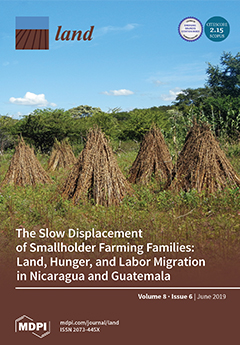Interactions between Food Security and Land Use in the Context of Global Change
Increases in human population and per-capita consumption are putting enormous pressure on land resources. About 38% of the Earth’s land area is being used in agricultural production [1], with about half (ca. 31%) of the remaining land being under forest cover [2] and the other half being less suitable for agricultural production due to edaphic, topographic and/or climatic factors. Despite the fact that over the last three decades the world food production has doubled [3], about 1 in 9 people in the world is still undernourished [4].









